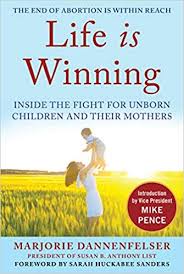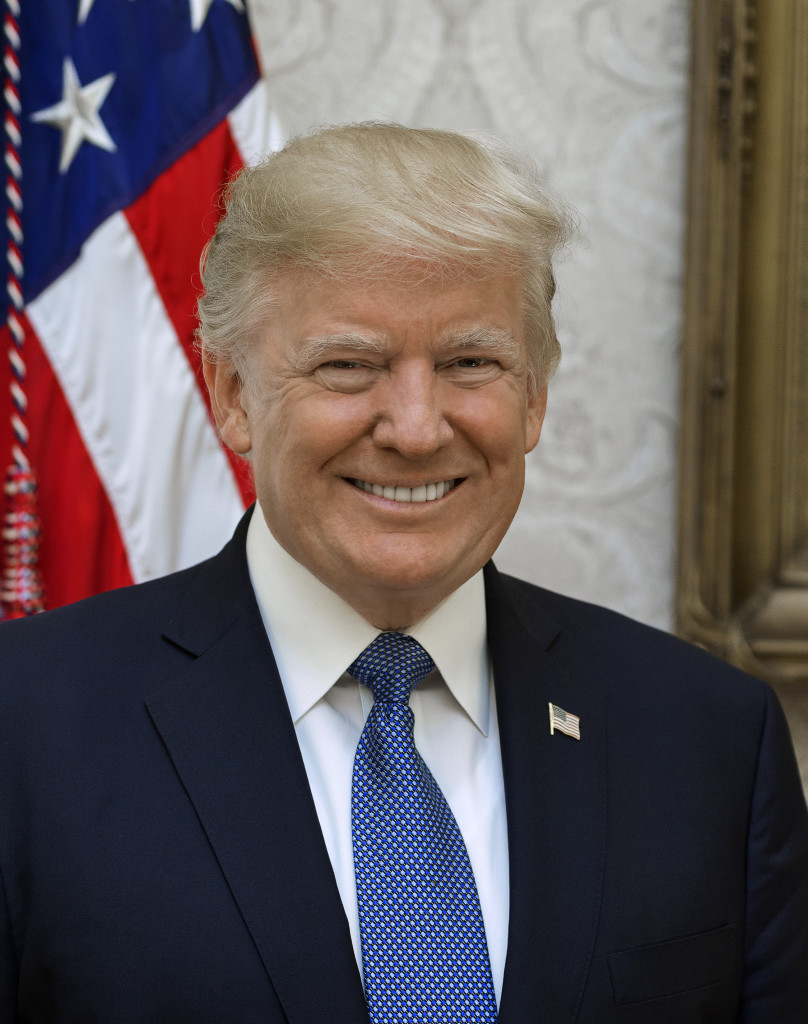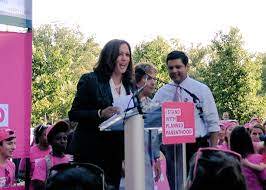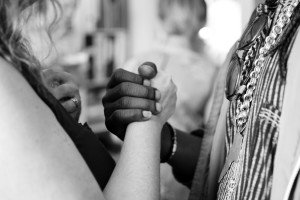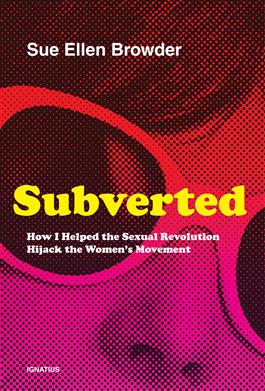
By Bonnie Finnerty, Education Director
With so many books, so little time, few books tempt me into a second reading. However, our Winter Lit for Life book recommendation is one of them. The first time I read it, I eagerly gulped down page after page, trying to digest all the revelations. But Sue Ellen Browder’s Subverted: How I Helped the Sexual Revolution Hijack the Women’s Movement merits a slow, deliberate re-read, one that allows us to ponder the true story of the feminist movement and the forces within and around it. One that challenges the prevailing cultural narrative.
For that reason, we are reading two chapters a week and posting a blog that will include intriguing quotations. We invite you to read along with us and to share your reactions on social media.
In the opening chapter to the book entitled The Inside Witness, Browder introduces herself as the small-town girl looking for big city action after graduating with a journalism degree. She “succeeds” when she lands a job at Cosmopolitan in 1970 as a freelance writer, securing a front row seat to New York City’s cultural revolution for 24 years.
That transformation included two movements that Browder says were not originally united. “In the beginning, the women’s movement and the sexual revolution were distinctly separate cultural phenomena.”
Browder confesses that much of what she and others at Cosmopolitan wrote was fabricated, calling herself “one of the propagandists who helped sell single women on the notion that sex outside of marriage would set them free.”
And she reveals that the 1960’s women’s movement was hijacked largely due to the efforts of one man devoted to making abortion legal. Larry Lader, considered a “hidden persuader,” will figure prominently in future chapters.
The title of the second chapter The Problem that Had No Name comes from the “mother of the women’s movement,” Betty Friedan. In her revolutionary 1963 publication The Feminine Mystique, Friedan speculated on the deep dissatisfaction of the American housewife who had been limited by “the deeply engrained cultural belief that the only path to feminine fulfillment was to be a wife and mother.”
While Friedan is considered a trailblazer for women’s rights, Browder points out what has been lost in the feminist narrative—that Friedan was not anti-marriage or anti-family. She disliked the phrase “women’s liberation,” preferring to characterize the women’s movement as a fight for equality.
Browder and Betty Friedan had a shared experience–both were fired for being pregnant, a not uncommon practice back then, unfortunately. Even so, Browder points out that the first edition of The Feminine Mystique never mentioned abortion or the Pill.
Rather than change women and their child-bearing ability, Friedan aimed to change society, “to take the actions needed to bring women into the mainstream of American society, now, fully equality for women, in fully equal partnership with men.” That, says Browder, was the “original rallying cry” of the modern women’s movement.
So how did the women’s movement, an admittedly noble cause for social justice aimed at equal education and employment opportunities, become so enmeshed with abortion?
Stay tuned as we read Chapters 3 and 4 for this Friday.
Quotable quotes:
Chapter 1: “Propaganda-withheld truths-cuts off democratic discourse, blocks genuine dialogue, and keeps the public from participating in reality.”
Chapter 2: “Women are the people who give birth to children, and that is a necessary value in society…Feminism was not opposed to marriage and motherhood…You want a feminism that includes women who have children and want children because that’s the majority of women.” -Betty Friedan



